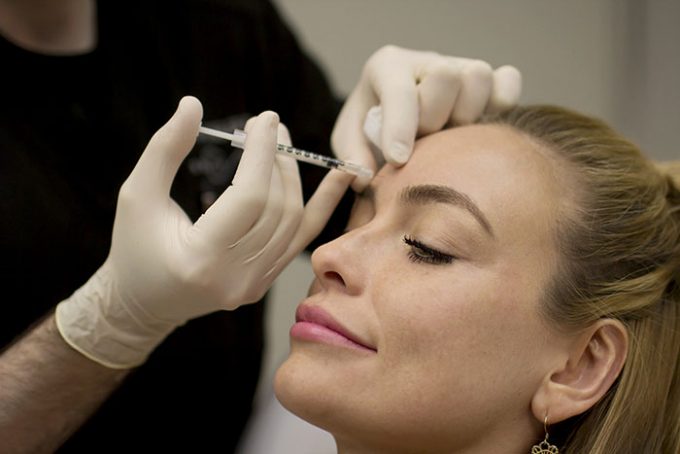6 Common Misconceptions about Botox

Botox is one of the most common and safest aesthetic treatments in our industry, and can address many patients’ concerns when administered by a trained practitioner. Yet, after years of success stories, this revolutionary treatment still carries a stigma it simply cannot shake off.
The FDA approved Botox for cosmetic use in 2002 after conducting a series of studies to prove its safeness and efficacy in treating wrinkles and fine lines. Since then, it has become a multi-billion-dollar business, increasing in usage by 759% between 2000 and 2015 – solidifying itself as a staple within the aesthetic and cosmetic industry. Despite the evidence, however, silly myths still persist that give Botox and those who use it a questionable reputation. There are plenty of misconceptions out there, but I felt compelled to address the top six fallacies surrounding Botox which have plagued this outstanding treatment for far too long.
Misconception #1: Botox will freeze your face and leave you expressionless
At one point or another, we’ve all seen a television or movie character who has had too much Botox and can no longer move their face – in fact, sometimes it’s even a humorous plot point for a character! Botox works by relaxing muscle movement, reducing the frequency and severity of line and wrinkle formation in the skin. “Frozen face” is caused by practitioners administering an excessive number of Botox units, and easily is avoidable if you go to a provider with the proper expertise and training.
Misconception #2: Botox is only used for cosmetic and aesthetic reasons
The benefits of Botox go far beyond the aesthetic realm, and can treat several real-life medical issues faced by many. Botox originally was approved by the FDA to treat eye flickering and spasms, and did not become a cosmetic treatment for fine lines and wrinkles until years later. Since then, its application has profoundly expanded, with physicians now prescribing injections to patients who suffer from migraines, excessive underarm sweating and even an overactive bladder.
Misconception #3: Botox is toxic
Botox is the purified protein version of the true Botulinum toxin, which means it is largely nontoxic. The protein is inserted directly into the muscles to help relax them and is not systemically absorbed into the blood stream. In fact, you would need 200 to 300 times the number of units of the actual toxin to cause any problems!
Misconception #4: Botox is addictive
There are no addictive properties in Botox, and stopping treatment will not worsen fine lines or wrinkles. Patients who discontinue injections will notice the reemergence of wrinkles over time, as injections only last between three to four months per treatment. Though patients certainly will not develop an addictive dependence on Botox, they likely will be so pleased with the results that they’ll choose to continue treatment!
Misconception #5: Botox is painful
Many people believe that Botox is painful and can result in bruising, but that simply is not the case. Trained practitioners who take their time with injections should achieve results without any bruising or discoloration of the skin. A proper technique also ensures that Botox is not painful or outright “noticeable,” meaning that the results are so gradual that no one will know a patient is even receiving injections.
Misconception #6: Botox is only for one kind of person
Botox widely is used across a range of demographics, and there is no one ideal patient profile. Younger patients can benefit just as much as older ones, as “preventive Botox” can stop line formation from occurring and reduce the need for future treatments. Men are also increasingly turning to the treatment, whether to maintain their youthful appearance in a competitive job market or dating scene.
Unfortunately, misconceptions about Botox may always exist, which is why our team works hard to alleviate any concerns patients may harbor before trying it out themselves. I consult with each patient one-on-one to identify and develop the best course of treatment, and use a conservative approach to achieve very natural-looking, beautiful results – a fact about which you should have no misconceptions!